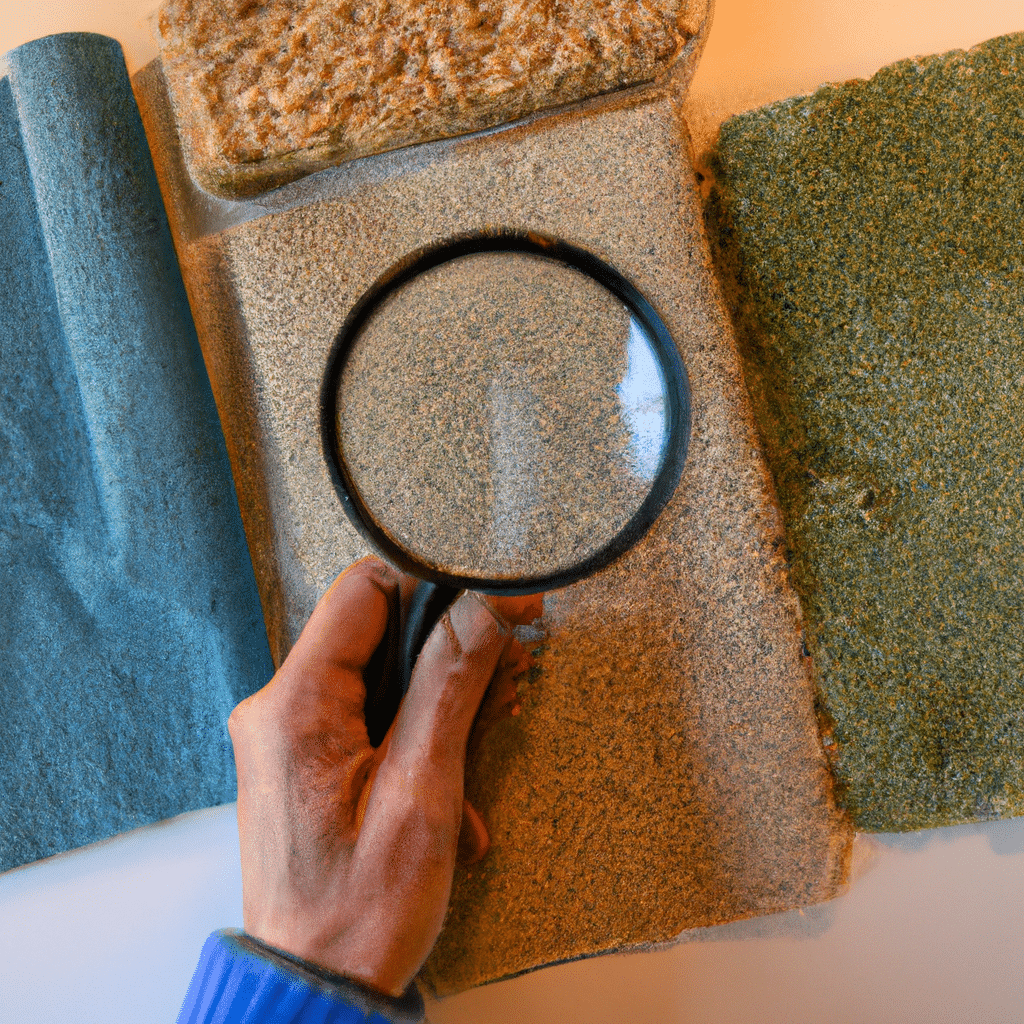As we become more aware of our impact on the environment, we seek out ways to reduce our carbon footprint. One area where we can make a significant impact is in the insulation of our homes. Traditional insulation materials, such as fiberglass and foam, have a negative impact on the environment and our health. They are not sustainable, and their production requires significant amounts of energy and natural resources. Fortunately, there are eco-friendly insulation options that are not only better for the environment but also for our health and energy bills.

What is Eco-Friendly Insulation?
Eco-friendly insulation is made of natural, renewable, and sustainable materials. It is an excellent alternative to traditional insulation materials that have a negative impact on the environment. Eco-friendly insulation is made of materials such as recycled denim, cellulose, wool, and hemp. These materials are abundant, renewable, and do not harm the environment during their production.
Benefits of Eco-Friendly Insulation
There are several benefits to using eco-friendly insulation in your home. Firstly, it is better for the environment. Eco-friendly insulation materials are made from renewable resources, reducing the need for non-renewable resources like oil and gas. Secondly, eco-friendly insulation materials do not contain harmful chemicals, such as formaldehyde, which is found in traditional insulation materials. These chemicals can cause health problems like respiratory issues, headaches, and skin irritation. Thirdly, eco-friendly insulation is energy efficient. It can help you save money on your energy bills, and it can also reduce your carbon footprint.
Types of Eco-Friendly Insulation
There are several types of eco-friendly insulation materials available in the market. Each type has its unique properties and benefits.
Recycled Denim Insulation
Recycled denim insulation is made from post-consumer denim waste. This type of insulation is very effective at reducing noise and is also fire-resistant. It is an excellent alternative to fiberglass insulation, which can cause respiratory problems.
Cellulose Insulation
Cellulose insulation is made from recycled paper or wood fibers. It is treated with chemicals to make it fire-resistant and insect-proof. Cellulose insulation is effective at reducing noise and is also an excellent thermal insulator.
Wool Insulation
Wool insulation is a natural, renewable, and sustainable material. It is an excellent thermal insulator and can also reduce noise. Wool insulation is treated to make it fire-resistant and insect-proof.
Hemp Insulation
Hemp insulation is made from the stalks of the hemp plant. It is a natural, renewable, and sustainable material. Hemp insulation is an excellent thermal insulator and is also resistant to mold and mildew.
Installing Eco-Friendly Insulation
Installing eco-friendly insulation is similar to installing traditional insulation. It is important to wear protective gear such as gloves, goggles, and a mask when handling insulation. It is also important to seal any air leaks in your home before installing the insulation.
Conclusion
Eco-friendly insulation is a sustainable, renewable, and healthy alternative to traditional insulation materials. It is better for the environment, our health, and our energy bills. There are several types of eco-friendly insulation materials available, each with its unique properties and benefits. By choosing eco-friendly insulation for your home, you can make a significant impact on the environment and reduce your carbon footprint.
Related posts:
No related posts.




